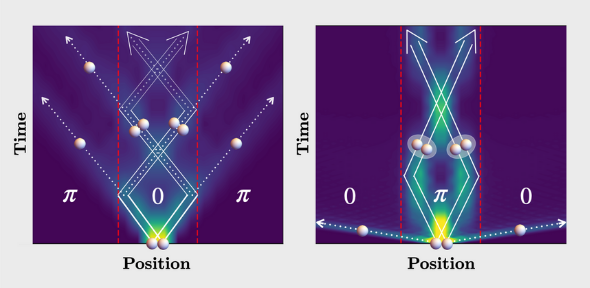
In the world of fundamenta...
Read More

In the world of fundamenta...
Read More
Scientists have identified a sub-atomic particle that could have formed the ‘dark matter’ in the Universe during the Big Bang. Nuclear physicists are putting forward a new candidate for dark matter – a particle they recently discovered called the d-star hexaquark.
Up to 80% of the Universe could be dark matter, but despite many decades of study, its physical origin has remained an enigma. While it cannot be seen directly, scientists know it exists because of its interaction via gravity with visible matter like stars and planets. Dark matter is composed of particles that do not absorb, reflect or emit light.
Now, nuclear physicists at the University of York are p...
Read More
Recent Comments